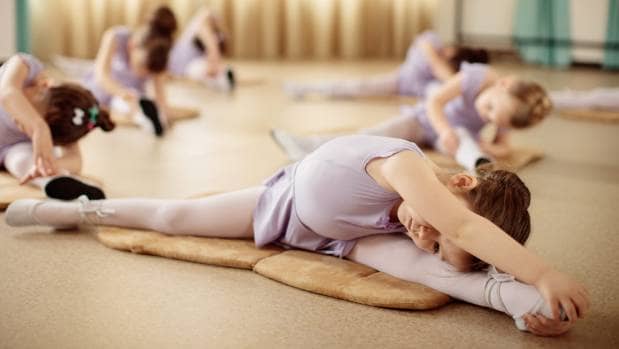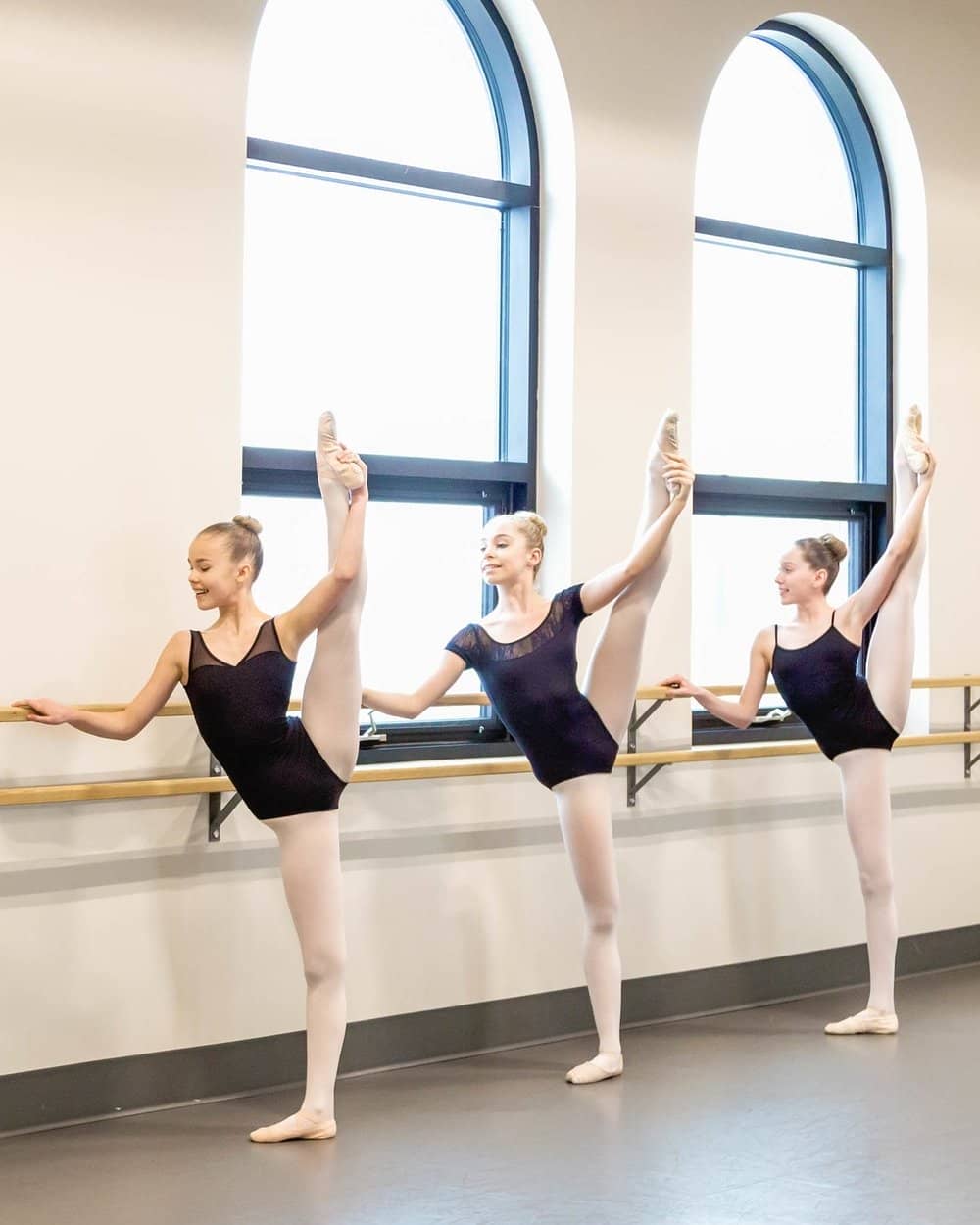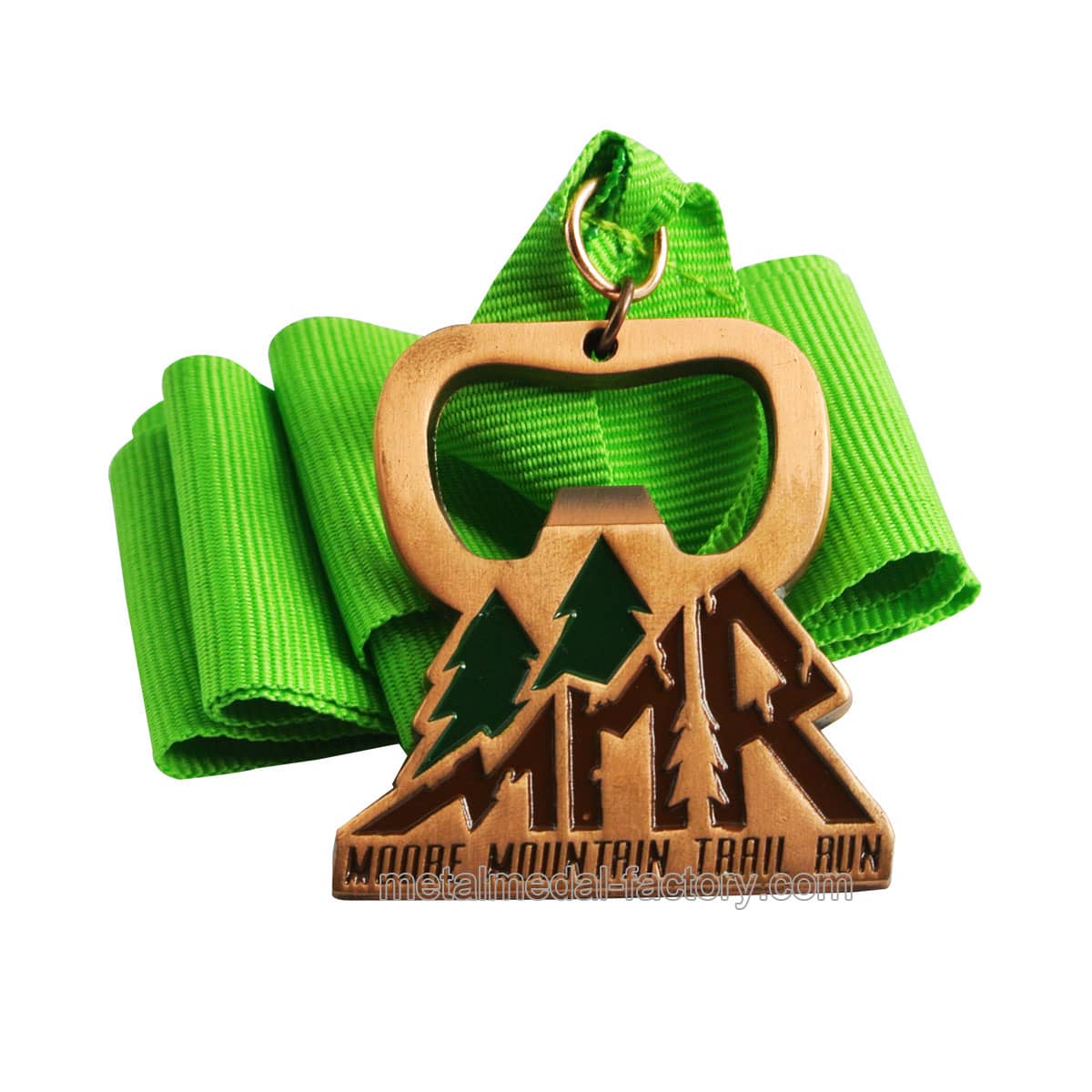
How Much do you know about DANCE?
Dance is a performing art form consisting of purposefully selected sequences of human movement. This movement has aesthetic and symbolic value, and is acknowledged as dance by performers and observers within a particular culture.Dance can be categorized and described by its choreography, by its repertoire of movements, or by its historical period or place of origin.
An important distinction is to be drawn between the contexts of theatrical and participatory dance,[4] although these two categories are not always completely separate; both may have special functions, whether social, ceremonial, competitive, erotic, martial, or sacred/liturgical. Other forms of human movement are sometimes said to have a dance-like quality, including martial arts, gymnastics, cheerleading, figure skating, synchronized swimming, marching bands, and many other forms of athletics.


Origins
Archeological evidence for early dance includes 9,000-year-old paintings in India at the Rock Shelters of Bhimbetka, and Egyptian tomb paintings depicting dancing figures, dated c. 3300 BC. It has been proposed that before the invention of written languages, dance was an important part of the oral and performance methods of passing stories down from generation to generation. The use of dance in ecstatictrance states and healing rituals (as observed today in many contemporary "primitive" cultures, from the Brazilian rainforest to the Kalahari Desert) is thought to have been another early factor in the social development of dance.
Dance and music
Dance is generally, though not exclusively, performed with the accompaniment of music and may or may not be performed in time to such music. Some dance (such as tap dance) may provide its own audible accompaniment in place of (or in addition to) music. Many early forms of music and dance were created for each other and are frequently performed together. Notable examples of traditional dance/music couplings include the jig, waltz, tango, disco, and salsa. Some musical genres have a parallel dance form such as baroque music and baroque dance; other varieties of dance and music may share nomenclature but developed separately, such as classical music and classical ballet.


How surprising a dancer can have so good performance! Their medal is always exquisite.
Which kind of dance would you like? Share it on your Facebook or other platform.Let me see your comments.